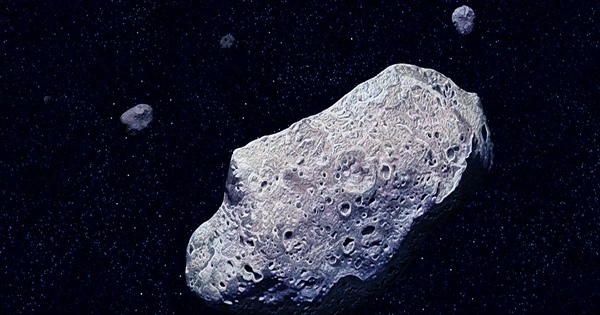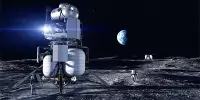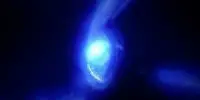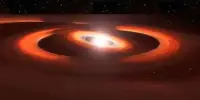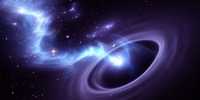NASA’s DART (Double Asteroid Redirection Test) spacecraft was designed to test whether an object traveling towards the earth could be diverted from its course in order to prevent colliding with it. This operation was referred to as a planetary defense expedition.
The asteroid Dimorphos, which revolves around the bigger Didymos, was struck by the spaceship last September. This binary asteroid system was chosen by the spacecraft for trials.
The kinetic effect that DART’s collision with Dimorphos had has now been revealed in several ways by a series of five different types of study that was published in Nature. The effect of the collision and what followed has been somewhat dissected by scientists.
Researchers discovered that the DART’s kinetic effect on Dimorphos reduced the planet’s orbit around Didymos in one of the five studies directed by Cristina A. Thomas of Northern Arizona University in the United States. Dimorphos now completes an orbit 33 minutes quicker than it did before DART’s collision, claim the researchers. The asteroid, which is the same size as the Great Pyramids, was struck by the spaceship, which was the size of a golf cart. According to scientists, the asteroid’s shrinking orbit indicates that it may be feasible to divert any hazardous asteroids that are headed for the earth.
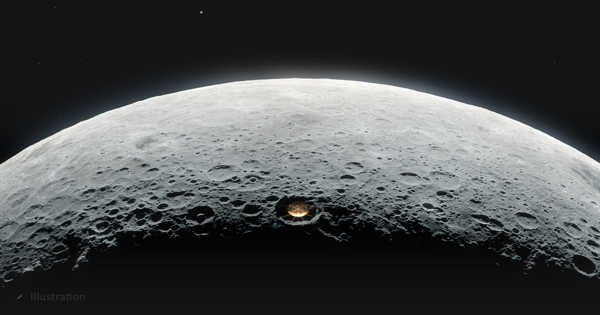
Researchers tracked the asteroid’s trajectory using images of its surface taken just before DART collided with it in the second study, which was headed by R. Terik Daly of the Johns Hopkins University Applied Physics Laboratory in the United States.
According to the researchers, one of the spaceship’s solar panels was the first component to strike the asteroid while the spacecraft was traveling at a speed of more than six km per second. The asteroid’s 6.5-meter-wide fragment was struck by the solar panel. Moments after the initial impact, the main bulk of the DART struck the rocky surface of the asteroid next to the boulder. Notably, the ship was destroyed by the explosion.
The scientists’ other significant finding was that the asteroid’s substantial mass was lost as a result of the impact.
Dimorphos, which had a mass of approximately 4.3 billion kg before the crash, is thought to have ejected nearly a million kg of rock as a result of the impact.
The rocky debris that Dimporphos released created a tail that extended thousands of kilometers behind it. Numerous telescopes, including the Hubble, kept an eye on the course and development of the tail. Under the pressure of the Sun, the debris tail altered and developed.
The third study, headed by Jian Yang Li of the Planetary Science Institute in the United States, hypothesized that a second tail visible in Hubble’s data vanished 18 days after the impact.
NASA sought to stray the roughly 151-meter-wide Dimporphos asteroid from its trajectory far enough that astronomers and scientists could detect it by tracking the brightness of the Dimorphos-Didymos asteroid pair over time with the aid of telescopes. Notably, neither asteroid threatens the planet in any way.
In the fourth study, researchers figured out how Dimorphos altered its momentum four times after the collision. Scientists believe that the fact that DART struck far from the asteroid’s center maximized the effect.
Large amounts of debris also moved outward from the site of impact with it. According to scientists, Dimorphos’ velocity changed as a result of the recoil from the debris stream, diverting it from its original course.
In addition to the effect of the collision, researchers are working to understand its geology, physics, and chemistry. Scientists have examined the alterations to the asteroids before, during, and after the collision.
In the fifth study, scientists used telescopes to see that the rocks of the asteroid were redder directly following the collision. The color changed to blue, as discovered by Thomas’ crew using infrared telescope facilities in Hawaii.
“We believe that this is most likely because we have a lot of Dimorphos material that has been cast off. The asteroid briefly appeared blue a few hours after impact because the collision tore through its weathered interior and exposed part of it, according to Thomas.
By 2026, when the European Space Agency (ESA) craft Hera will reach Dimorphos, more investigation and clearer pictures of the impact’s effects are anticipated. Researchers want to learn more about the impact crater that DART’s crash with Dimorphos left behind. Scientists would continue to track the asteroids until their distance from the planet caused them to fade too much for telescope observation.
